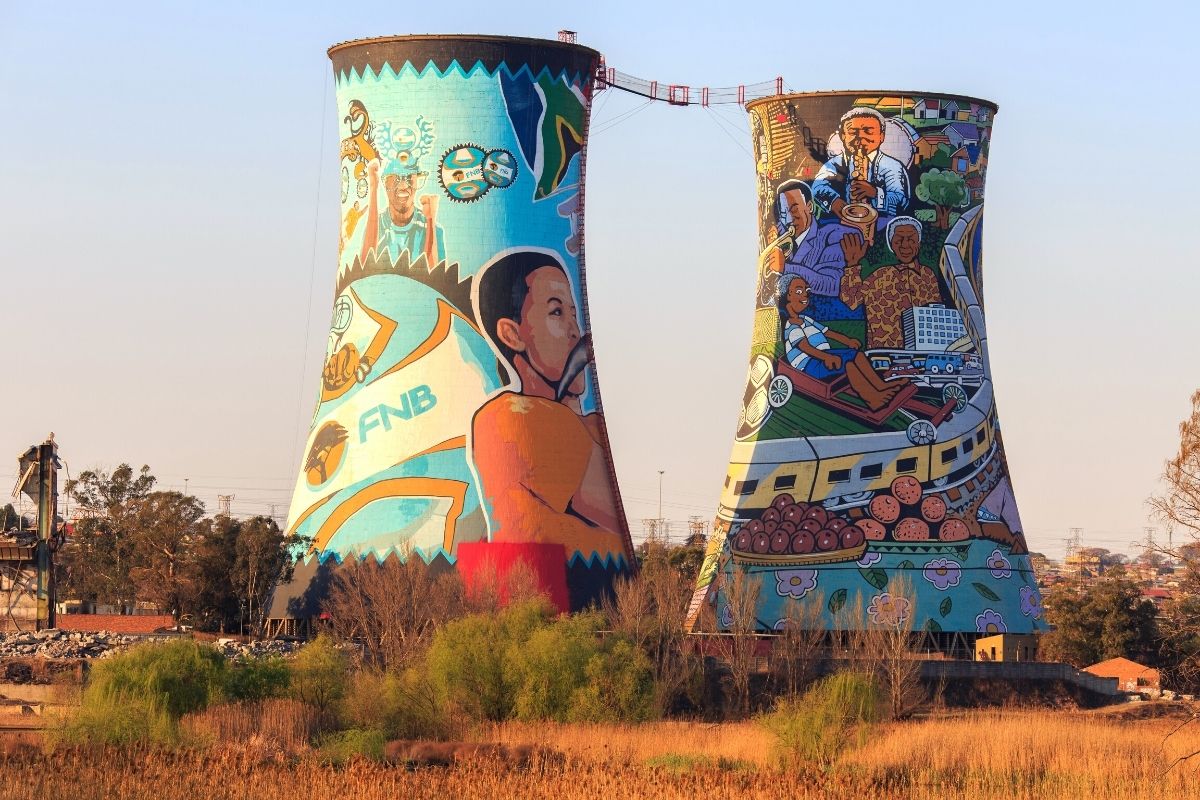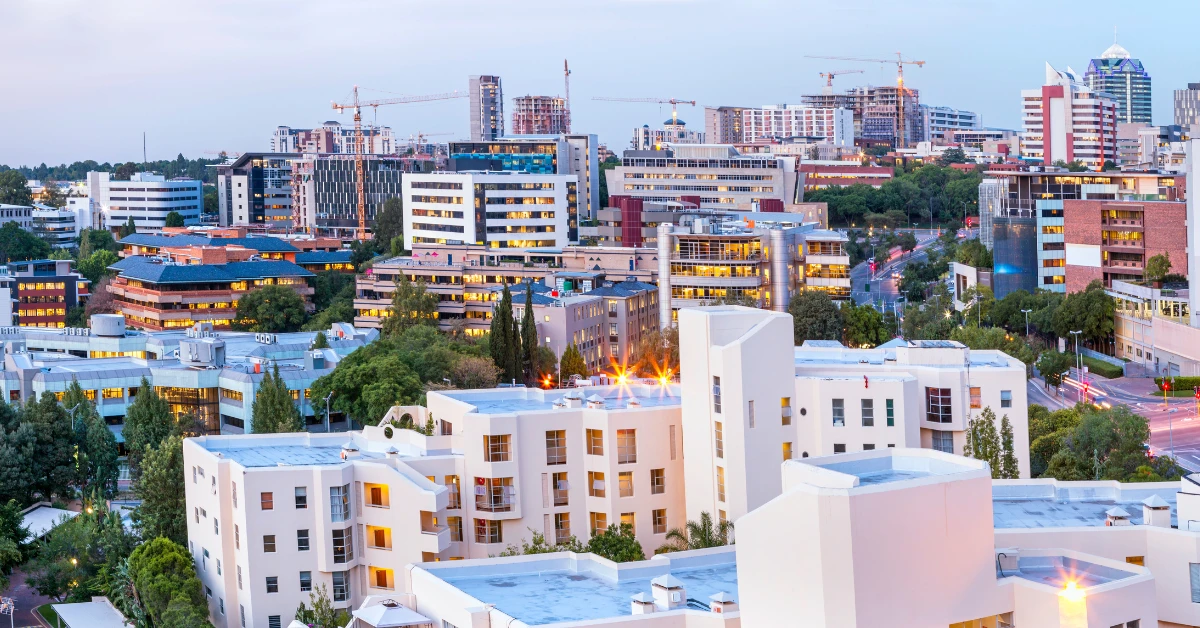Some Known Questions About Johannesburg North Attractions.
Some Known Questions About Johannesburg North Attractions.
Blog Article
The Definitive Guide to Johannesburg North Attractions
Table of ContentsSome Of Johannesburg North AttractionsThe 10-Minute Rule for Johannesburg North AttractionsJohannesburg North Attractions for BeginnersThe smart Trick of Johannesburg North Attractions That Nobody is Talking AboutA Biased View of Johannesburg North AttractionsFacts About Johannesburg North Attractions Uncovered
Quickly prior to Xmas 1898, a boilermaker from Lancashire, Thomas Edgar, ended up being involved in a drunken brawl with an uitlander neighbour. While resisting arrest, Edgar was shot dead by a Z. A. R. police officer. The cop was billed with murder yet the prosecutor decreased the cost to murder and launched the charged on bond.. R. Johannesburg North attractions. In an initiative to defuse the situation, Smuts sought to strike a handle the mining firms. The sharp Cambridge-trained legal representative welcomed Percy FitzPatrick (that was to acquire fame as the author of Jock of the Bushveld, released in 1907) to act as the major negotiator for the mining houses
A. R. impended. Johannesburg, c. 1900 (www.geheugenvannederland.nl) When Johannesburg was founded in 1886, public education in the Z. A. R. was controlled by the Education Legislation of 1882. The earlier Education Law of 1874 had provided that federal government schools in the Z. A. R. (only a handful of such colleges remained in existence) were to be non-denominational and that direction was to be in Dutch or English, at the will of moms and dads.
In 1886, Pope Leo XIII constituted the Transvaal an independent prefecture under the jurisdiction of the Rt Revd Odilon Monginoux of the Oblates of Mary Spotless, who was the initial Prefect Apostolic of the Transvaal. On 20 July 1886, Fr John de Lacy O. M. I. visited the Rand. He used to the federal government for a tract big enough to accommodate a church, a school and houses for the educators.
Johannesburg North Attractions for Dummies
The college moved to Doornfontein in 1895, and became called the East End Convent. In 1905, the Holy Family sis also started Parktown Convent Institution (currently Holy Family University). On 2 November 1887, Miss Frances Buckland began teaching in a house on the corner of Jeppe and Rissik roads.
On the other hand, on 11 June 1887, the Revd John Thomas Darragh, the initial Anglican clergyman to be stationed on the Rand, had arrived from Kimberley. A mammoth tome on the background of Christianity in Africa observes concisely: 'The Anglican community at Kimberley was fortunate to have as its leader J. T.
He had won a scholarship to The Royal Institution, Armagh, whence he had gone up to Trinity University, Dublin, as a Structure Scholar. Below he had actually differentiated himself, being Classical Hebrew and Divinity Prizeman, and had ended up being an Other of Trinity College. He was commissioned in 1880, and came to be curate of All Saints, Grangegorman, Area Dublin.

He was an energised and enterprising man that quickly plunged himself heart and soul right into the life of the blossoming and busy mining area. It was not only the Anglican who obtained advantage, for Darragh worked unstintingly amongst all industries of the town. For example, the small community of Greek Orthodox settlers in Johannesburg had no archimandrite, therefore approached Darragh to carry out marriage and baptismal ceremonies.
See This Report on Johannesburg North Attractions
(www.eggsa.org) Around the same time, the Revd Mr Darragh brought into presence St Mary's College for Boys, which was established as a choir institution for St Mary's Church. The origins of St John's College can be mapped back to this college. The initial headmaster of St Mary's School for Boys was Mr F.
The school was evaluated by the Z. A. R - Johannesburg North attractions. education authorities at the my response end of 1888. The assessment was passed with flying colours, specifically in regard of the standard relating to the mentor of Dutch, as an outcome her response of which the college obtained a 'very liberal grant' from the state
Some Of Johannesburg North Attractions
Marist Brothers' College acquired such an excellent online reputation that some authorities of the staunchly Protestant Z. A. R. government enrolled their children as pupils at this Catholic college. In 1896, the college's cricket club was associated to the Transvaal Cricket Union. By 1897, Marist Brothers' had 500 pupils, and a neighbor lodged a problem with the Superintendent of Education and learning about 'too much' play area noise throughout the lunch interval! During the Anglo-Boer South African War (1899-1902), the college's enrolment dropped, but by 1905 numbers were back to 500 and the college was promoting the reality that it had 'adequate stabling for pupils' steeds'.
In 1892, the Superintendent of Education, Dr N. Mansvelt, compiled a report in which he mentioned that some instructors in the Transvaal might not spell the words 'Pretoria' and 'Potchefstroom', and did not recognize the difference in between a noun and an adjective. In the exact same year, the Education and learning Legislation was amended to give that all educators in schools receiving government aids had to be members of a Protestant church; schools likewise might not obtain subsidies in regard of Jewish and Catholic students.

The smart Trick of Johannesburg North Attractions That Nobody is Discussing
On 7 March and 9 April 1892, the Revd Mr Darragh corresponded to the State Secretary, Dr W. J. Leyds, in which he stated that the previous Superintendent of Education and learning, Ds S. J. du Toit, had undertaken in 1888 that English-medium colleges such as St Mary's and St Michael's that additionally supplied direction in Dutch would certainly qualify for state aids.
Participants of the W. C. E.'s board included Sir Lionel Phillips and Sir Abe Bailey. The W. C. E.'s things were to promote primary education 'suited to all citizenships and creeds' and to counter the unique use Dutch as medium of instruction in state-supported schools. In October 1895, the W.
Johannesburg North Attractions for Beginners
Robinson estimated that 2,000 out of 6,500 white kids of school-going age were not participating in school. By 1897-'98, less than fifty white kids in the entire Z. A. R. were in or above Common VI. By the end of 1896, the W. C. E. had obtained possession of three colleges, and had actually presumed control of and monetary responsibility for 3 other colleges.
St Cyprian's was at first approved a state subsidy, but this was terminated when a federal government examination revealed that the college had actually many coloured and 'native' young boys among its students, sharing desks with white kids. In spite of the withdrawal of the subsidy, the college managed to survive.
After the Battle, it was reopened and run by Sisters of the Culture of St Margaret (colloquially recognized as the East Grinstead Siblings, with recommendation to their convent in East Grinstead, Sussex). Undaunted by the contretemps with the authorities concerning St Cyprian's and its subsidy, Darragh began Determination School in November 1891.

Report this page